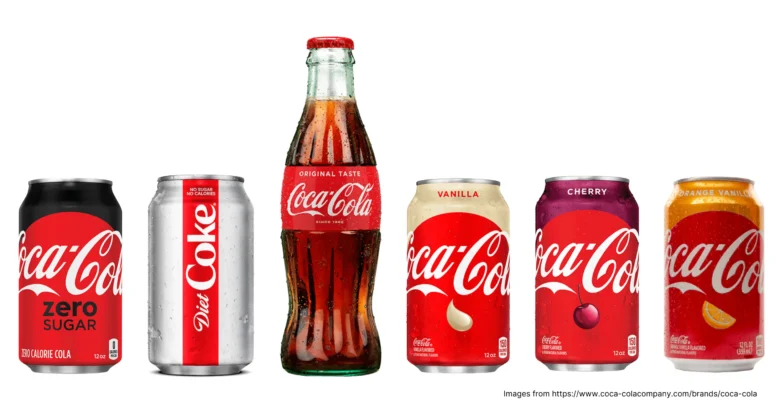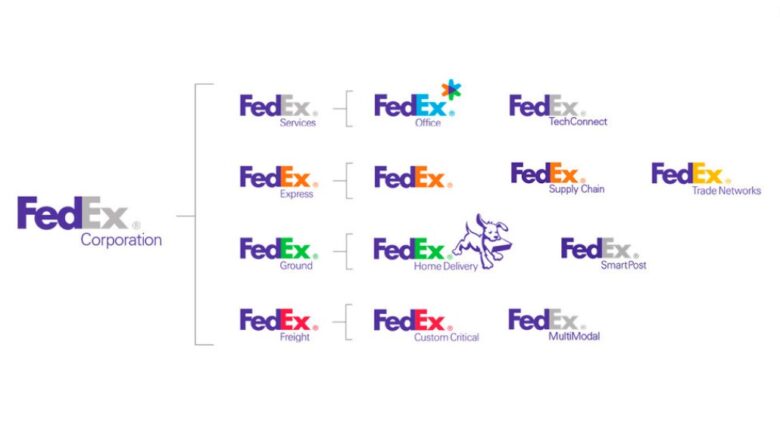When we see a product in sales facilities, we usually remember a certain ad that went well and left an impression. It is the skill of marketing, but above all, it is strong branding because the brand itself works to be recognizable. And what helps him the most in that? In that, of course, technology and technological development help the most, which is deserved to get a final branding that will leave great impressions.
New technology and technological concepts such as the use of a website, the use of digital displays, and similar approaches only allow brands to be well represented in front of target audiences and to approach the audience in a serious, but also a different way.
Brand extension is a strategic marketing approach where a company uses its existing brand to introduce a new product or enter a new market segment. It allows companies to leverage the equity and recognition of their established brand to expand their product offerings and reach a broader audience.
In this article we will delve into the definition of brand extension, explore how it works, provide an example, and discuss some criticisms associated with this strategy, together with the branding agency Outcrowd https://www.outcrowd.io/branding-page.
What is Brand Extension

Source: anthembranding.com
Branding is a branch of marketing that is important to know in detail and to be considered in detail by the marketing team of each company, especially in terms of brand extension, which is important for companies that are planning to expand. Brand extension is the process of launching a new product or entering a new market under an existing brand name that is different from the original product or market.
Instead of creating a completely new brand, companies utilize the familiarity and positive associations of their established brand to generate interest and trust in the new offering. This approach allows companies to reduce marketing costs, benefit from brand loyalty, and quickly establish a presence in the market.
How Does Brand Extension Work

Source: linkedin.com
Brand extension works by capitalizing on the strong brand identity, reputation, and customer loyalty that a company has already built. We can safely say that this is the most important part of marketing that can help the company better present the product and offer it to the market, and on the other hand, it can bring the product closer to the buyers and offer it as a solution they have been looking for for a long time.
By associating the new product or market with the established brand, companies aim to transfer positive brand attributes, such as quality, reliability, and customer satisfaction, to the extension. This association creates an initial level of credibility and familiarity for the new offering, making it more likely to be accepted by consumers.
To ensure the success of a brand extension, companies must carefully assess the fit between the original brand and the new product or market. Very often companies make too much convergence and do not leave room for a difference, but it is important not to do that and to start looking at things a little more seriously from the branding point of view. The extension should align with the core values, positioning, and target audience of the original brand.
Conducting market research, analyzing consumer preferences, and evaluating the competitive landscape are crucial steps in identifying opportunities for brand extension. These elements can provide a clear path that will give an opportunity with a well-thought-out approach and a super strategy to approach the target buyers and give them space to get to know the product, and also to use it.
Example of Brand Extension

Source: macworld.com
A notable example of brand extension is the tech giant Apple. Originally known for its Mac computers, Apple successfully extended its brand into various product categories. One prominent brand extension is the iPhone, which revolutionized the mobile phone market. By leveraging its reputation for innovative design, user-friendly interfaces, and cutting-edge technology, Apple was able to enter and dominate the smartphone market.
The iPhone’s success can be attributed, in part, to the strong brand equity that Apple had already established through its Mac computers and other products. The example of Apple is proof that every company should think about the fact that with an appropriate approach, commitment, and proper separation of multiple brands within the company, it will bring brand recognition, but also excellent branding with appropriate brand extension.
Criticism of Brand Extension
While it can be a powerful strategy, it is not without its criticisms. It is clear to all of us that they are what is good, promises great directions to follow that promise success, and are the target of criticism precisely because the concept is not believed and not given a chance.
It is the same with the brand extension, which can give growth and can very well approach that direction of marketing. One criticism is that a failed brand extension can harm the reputation of the original brand.
If the extension does not meet consumer expectations or dilutes the brand’s core values, it can lead to negative associations and erode customer trust. Additionally, there is a risk of overextending a brand, stretching it too thin, and losing focus on the original product or market that made the brand successful in the first place.
Another criticism revolves around market cannibalization. When a brand extends into a new product or market that directly competes with its existing offerings, it may cannibalize its own sales and fragment its customer base. This can result in reduced profitability and confusion among consumers.
Conclusion
Brand extension is a strategic marketing approach that allows companies to expand their product offerings or enter new market segments using an established brand. It leverages the equity, recognition, and customer loyalty associated with the original brand to generate interest and credibility for the extension.
However, careful consideration of brand fit, market research, and evaluation of potential risks is crucial to ensure a successful brand extension.
By understanding the concept of brand extension, its workings, and the associated criticisms, companies can make informed decisions and effectively leverage their brands to drive growth and success in the marketplace.




